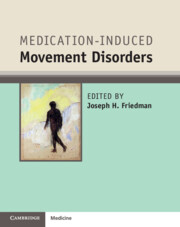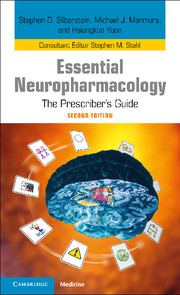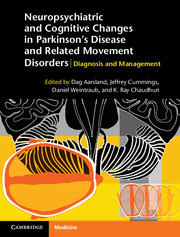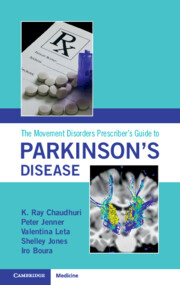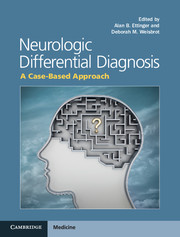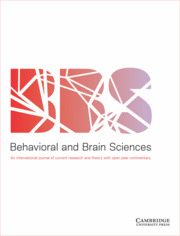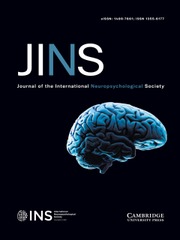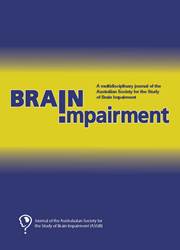Medication-Induced Movement Disorders
Medications that may produce movement disorders are widely used. The resulting disorders are often highly disconcerting for the patient and their relatives, especially when the connection between medication and disorder is not recognized. However, ascribing an adverse drug effect to medication exposure is often difficult, especially when the side effect is rare.
Covering various drugs - including the major classes of medications working primarily on the brain, specifically antipsychotics and antidepressants – this all-encompassing review of medication-induced movement disorders aids early recognition and improved treatment. The problem of what to do when the offending medication cannot be reduced is also reviewed. It discusses the best options for evaluation and treatment, including medical imaging and deep brain stimulation, and guides the clinician in managing the disorder, making this a vital reference for medical specialists and consultants in neurology and neuropharmacology and any clinician seeing patients on medications crossing the blood brain barrier.
- Discusses current treatment strategies for medication-induced movement disorders, providing the reader with up-to-date knowledge of medications which can cause movement disorders and specific symptoms and how to approach them
- Written in an accessible style by internationally renowned experts in each of the disorders discussed
- Covers disorders and syndromes with potential medical-legal implications
Reviews & endorsements
"Medication-Induced Movement Disorders is a must-read book for psychiatrists and neurologists who often prescribe medications associated with these syndromes and/or who frequently assess patients with abnormal movements. In addition, this is an excellent reference book for trainees, general practitioners, emergency department physicians, and subspecialists to improve their effectiveness at prescribing medication, as well as their awareness of the early signs and symptoms of these syndromes, to minimize the exacerbation of these symptoms due to the adverse effects of medication."
Neepa Patel, JAMA Neurology
Product details
June 2015Hardback
9781107066007
204 pages
254 × 195 × 14 mm
0.61kg
2 b/w illus. 1 colour illus. 18 tables
Available
Table of Contents
- List of contributors
- Dedication
- Introduction
- 1. Acute akathisia Drew S. Kern and Anthony E. Lang
- 2. Acute dystonia Anne Marthe Meppelink and Mark J. Edwards
- 3. Neuroleptic malignant syndrome Atbin Djamashidian and Sean S. O'Sullivan
- 4. Serotonin syndrome Dimitrios A. Nacopoulos and Hubert H. Fernandez
- 5. Neuroleptic Parkinsonism Joseph H. Friedman
- 6. Tardive syndromes Daniel Tarsy and Raminder Parihar
- 7. Tardive dyskinesia treatment Tracy M. Jones, Israt Jahan and Theresa A. Zesiewicz
- 8. Atypical antipsychotics and movement disorders Rob M. A. de Bie
- 9. Restless legs syndrome Roongroj Bhidayasiri and Pattamon Panyakaew
- 10. Medication-induced tremors Peter A. Lewitt
- 11. L-Dopa dyskinesias Juan Ramirez-Castaneda and Joseph Jankovic
- 12. VPA, lithium, amiodarone and other non-DA Michael Silver and Stewart A. Factor
- 13. Anti-depressants and movement disorders Gilles Fénelon
- 14. Ataxia Marina Sanchez Abraham and Oscar S. Gershanik
- 15. Myoclonus and asterixis P. D. Thompson, T. J. Kleinig and T. E. Kimber
- 16. Imaging in medication-induced Parkinsonism Danna Jennings
- 17. Deep brain stimulation for Tardive disorders Bernardo Rodrigues and Kelvin L. Chou
- Index.

